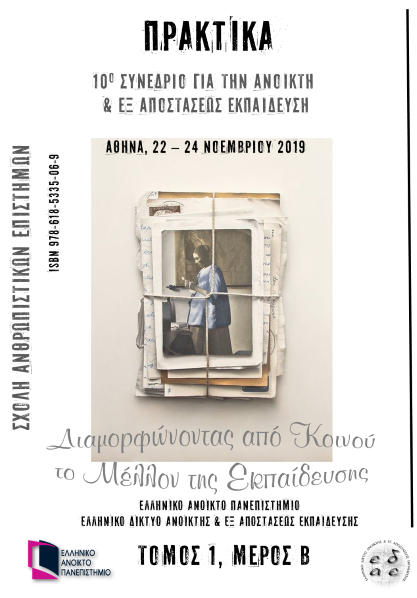The case of the Robotics Academy @ Frederick University: 21st Century Skills Developed through a Non-formal Educational Setting
Abstract
The Educational Robotics Curriculum developed by the Robotics Academy (Frederick University) provides a realistic, visually compelling, and motivating environment for integrating robotics as a cognitive-learning tool. The study evaluates the overall impact of the robotics educational curriculum delivered, in a non-formal educational setting, to develop the 21st century skills needed for today’s globalized, hi-tech environment. Specifically, employing a mixed method approach; the study explores the development of students’ critical thinking, creativity-innovation and collaboration skills, through hands-on, technology-based and unplugged activities. The analysis of the data collected through surveys, observations and focus groups, statistically and qualitatively revealed the positive impact and great potential of integrating robotics as a cognitive-learning tool to develop students’ 21st century skills.
Article Details
- Issue
- Vol. 10 No. 1B (2019)
- Section
- Editorial



